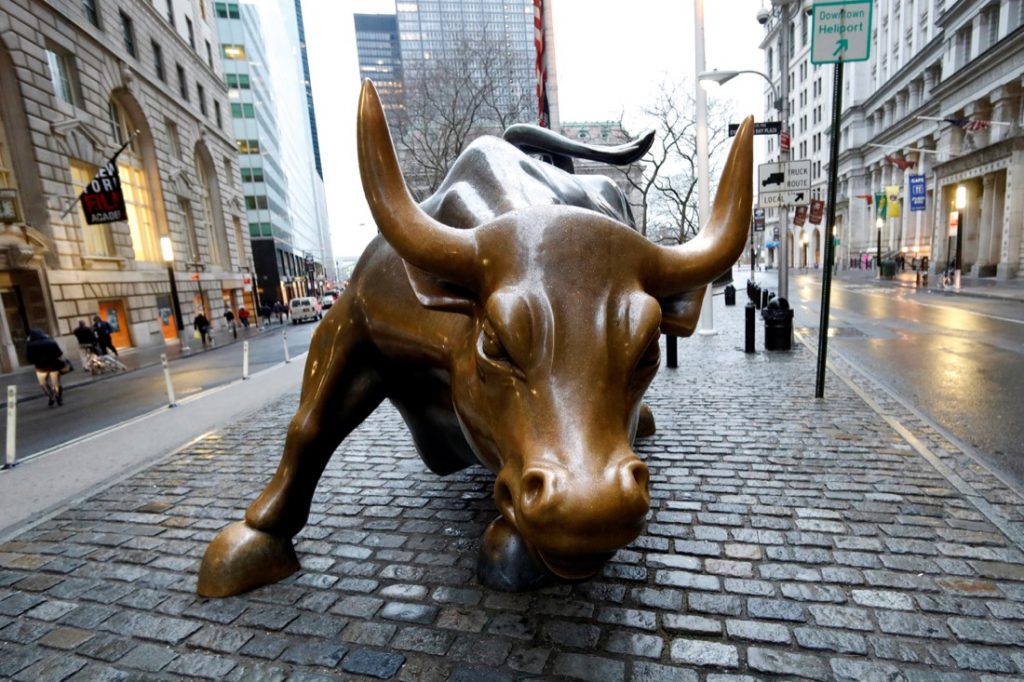Having loaded up on mortgage debt that went sour, then failed to find a savior in the government or private sector, the 158-year-old Wall Street investment bank Lehman Brothers filed for bankruptcy on Sept. 15, 2008.
The fallout over the following days, weeks and months would threaten to topple the entire financial system, necessitating trillions of dollars in rescue lending to banks and other firms by governments and central banks. The global financial system hadn’t looked more fragile at any point since 1929.
Worse, support for the system was undermined by the fact that Wall Street executives still collected multimillion-dollar bonuses – even as millions of the taxpayers, who helped fund those bonuses, lost their homes.
Within a couple of months of Lehman’s bankruptcy, though, a new piece of technology would debut – almost unnoticed – one that appeared to offer an alternative to this catastrophe-prone system. On October 31, 2008, an unidentified individual going by the name Satoshi Nakamoto published the bitcoin white paper to a cryptography mailing list.
The paper described “a purely peer-to-peer version of electronic cash [that] would allow online payments to be sent directly from one party to another without going through a financial institution.”
Satoshi had almost certainly been working on the protocol for months or years prior to Lehman’s collapse but, according to Cornell computer science professor and blockchain researcher Emin Gun Sirer, there was a timely motive to the launch.



